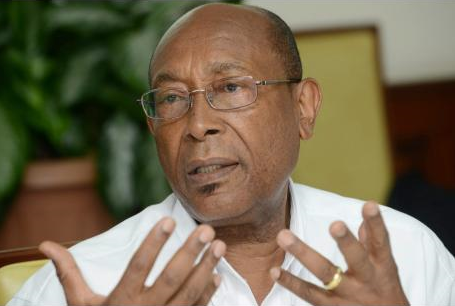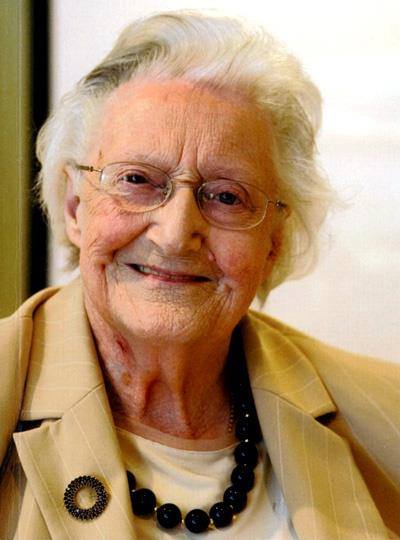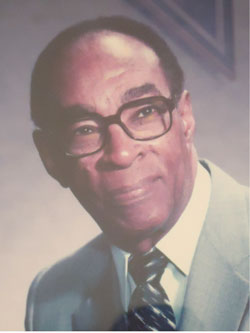

Though it is not common knowledge, Jamaica is home to a few inventors who have contributed to the advancement of medicine, finding cures and discovering life threatening diseases – but who are these people and what have they done?
Throughout our lifetime, we have heard of the many people across the globe who have invented life changing technologies.
We learn about Albert Einstein, Isaac Newton and so many others, but what about the Jamaicans who through their inventions, have contributed significantly to medical advancement.
Through research, Our Today discovered five things invented by Jamaicans and here is what we found.
1. Dr. Henry Lowe – Cure for Prostate Cancer

According to the Ministry of Health, prostate cancer is the most frequent cancer in Jamaica, associated with the largest number of cance-related deaths.
There were more than 1,500 new prostate cancer cases reported in 2020 as the cancer which targets men spreads throughout the island.
Dr Henry Lowe is a Jamaican scientist who created a cure for prostate cancer in 2010.
The product is called Eden Gardens, made from chemicals taken from the Ball Moss plant.
It is said to “completely eradicate cancer” and was approved by the Food and Drug Administration (FDA) for circulation in 2012.
There have been many other treatments for prostate cancer, but Lowe is still credited for the discovery that has saved the lives of many.
2. Cecily Williams – Discovered Kwashiorkor

Williams was born in Manchester in 1893 and became one of the first women to study medicine at the University of Oxford.
While working along the West African coast, she observed a lot of hypo-pigmented children with swollen tummies and legs.
Through further observation, she determined that toddlers were more likely to die than infants and sought to identify the reason behind these occurrences.
Her research led to her discovery of Kwashiorkor, a severe form of malnutrition caused by an extreme lack of protein.
Based on this discovery, she advised parents to give their children a high protein diet to address the aliment.
3. Dr Louis Grant – discovered Aedes Aegypti Mosquito as dengue carrier

During the summer and rainy season, Jamaica is often plagued with pesky mosquitos that swarm houses, workplaces and schools.
At first, the tiny insects were just seen as an annoyance until the 1960s when Jamaicans started to experience a weird fever.
After much research, Dr Louis Grant, a microbiologist and pathologist, discovered that the fever was being spread through the Aedes Aegypti mosquito.
He also recognised the fever as the dengue virus which resulted in a widespread campaign launched to stop the disease.
4. Dr Albert Lockhart – discovered cure for Glaucoma

Marijuana is a very controversial plant that has been the topic of discussion in Jamaica for quite some time.
Mainly associated with the Rastafarian community, it is a drug that some use to “relax” or for religious purposes. But, there is so much more to the pointy green plant.
Dr Albert Lockhart, curious about the plant and its abilities, led a team at the University of the West Indies, Mona who studied it for more than 10 years.
They later discovered that the plant had healing properties that could cure glaucoma, a common eye condition caused by the damaging of the optic nerve.
This led to the manufacturing of Canasol, a medical eye drop made from marijuana that is used as a cure for Glaucoma.
5. Joel Sadler- invented the JaipurKnee prosthetic

For many different reasons, such as accidents and medical conditions, people across the globe lose their leg or legs, rendering them immobile without assistance.
While some amputations take place below the knee, others can take place above, removing a crucial element needed for walking, the knee.
At the age of 25, Sadler and a team of his colleagues created the JaipurKnee, the most “reasonably priced” knee prosthetic on the market in 2009.
The invention was listed in Time magazine as one of the best inventions in 2009, sold at a price of US$20, opposed to the average cost of US$10,000.







Comments